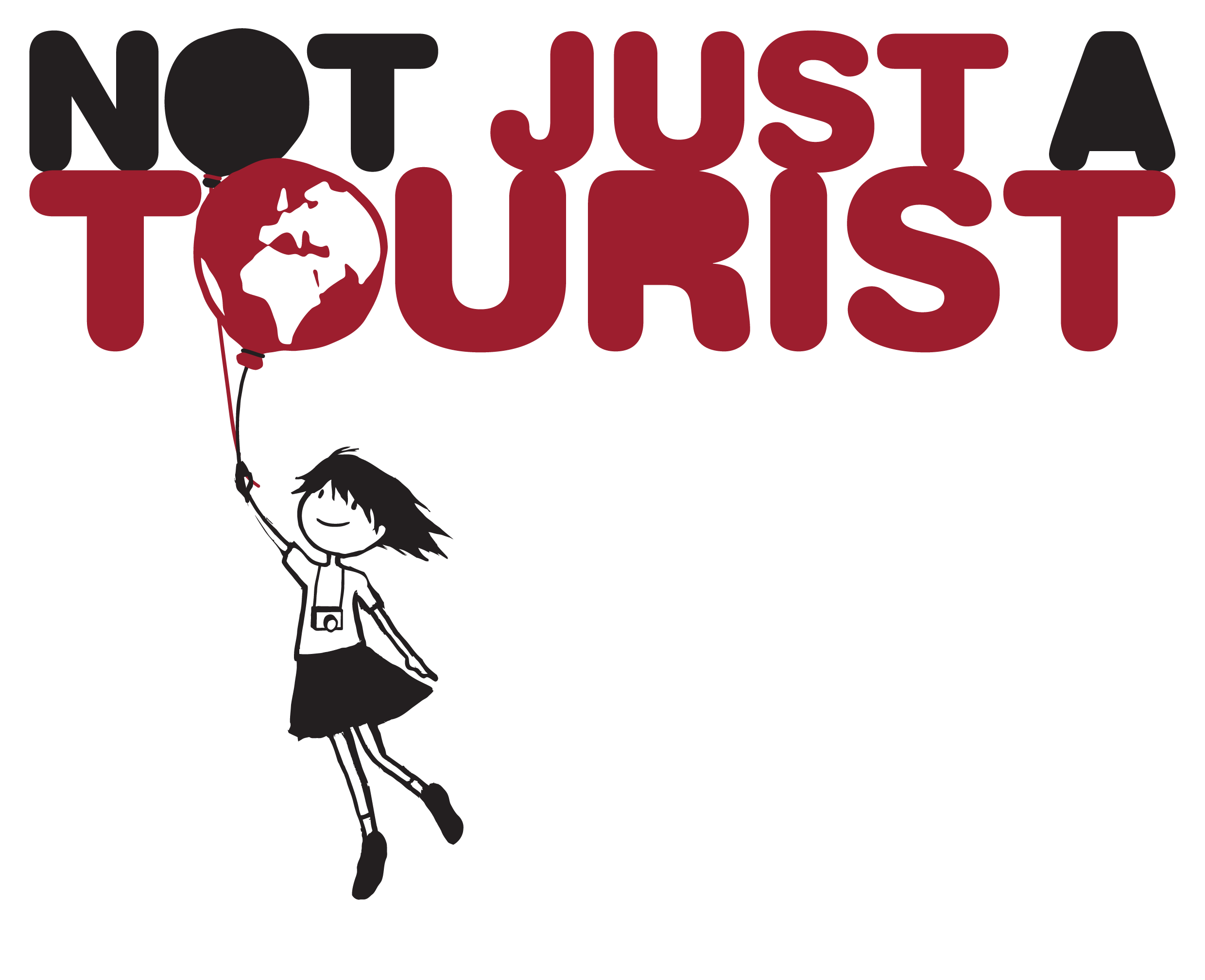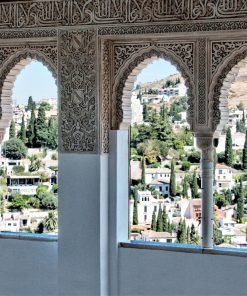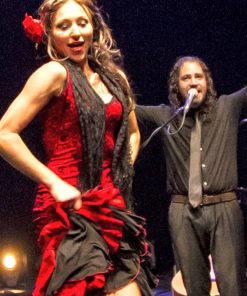1992 World’s Fair
There are a few dates in Seville’s history that have completely transformed the city. The voyage of Columbus in 1492, and the Ibero-American Exhibition in 1929 spring to mind. If there’s one other event that has had an equal impact in recent times, it is undoubtedly the 1992 World’s Fair. The annual trade exhibition came to the city and saw the building of a whole new city quarter as well as the much needed transformation of others. The former secluded island of La Cartuja has been completely changed due to the exhibition. Let’s look at what modern Seville looks like!
Where was the World’s Fair hosted?
The World’s Fair is a very large event (kind of the Olympics of international business), and so a large site was needed. It was concluded that the best thing to do would be to develop a whole new quarter. The former isle of La Cartuja was chosen as the area to be developed. As the name suggests, it used to be in island sandwiched between two branches of the Guadalquivir river, but since the river was diverted for the 1929 Exhibition, it was no longer. Before the Fair this quarter was sparsely inhabited, but now is one of the most up and coming areas in modern Seville
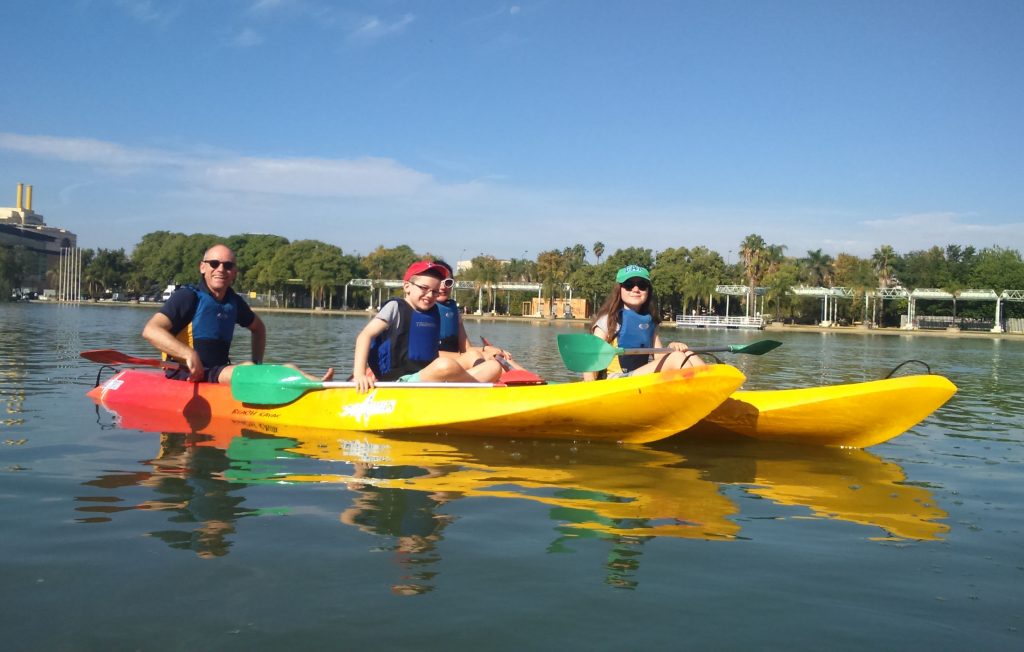
What Changed?
One of the most immediately obvious changes, was to the river. For the 1929 Exhibition, the river had been diverted and the old course filled in as far as Triana to prevent flooding. For the 92 World’s Fair, the powers that be elected to dig the old course back further, extending the old part of the river (technically a canal now), and building five new bridges to cross it.
Perhaps the most notable change to the historic part of the city was to the Alameda de Hercules. This long plaza was Europe’s oldest public garden, but time had not been kind to the area and by the 1980’s it had become the city’s red-light district. In 1989, no less than thirty-five brothels on the square. This posed a problem for the city as it was the first area visitors to the World’s Fair would encounter when they left the site. To avoid people getting the wrong impression of the city, a lot of money was ploughed into redeveloping the Alameda into the more respectable, family-friendly area we find in modern Seville.
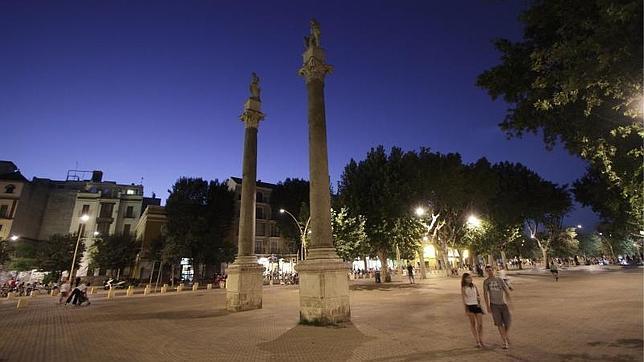
Legacy of the Fair for modern Seville
As with any events that leaves such a huge footprint on a city, the legacy it left was important. What to do with the site once the World’s Fair was over. The plan was that all the pavilions would be repurposed as museums, or as part of a new science and technology park. Sadly, though, although this was attempted, not many of the buildings found new life. Today there is a small technology park, but walking around the majority of La Cartuja in modern Seville, is like walking around a ghost town.
There are a few redeeming factors. Some of the buildings were converted into museums. The old pavilion of navigation has been turned into a exhibition space, putting on ambitious works of art. What’s more, there is an old monastery in the middle of the area – one of the only buildings to have existed before the fair. It is now the Centre for Contemporary Andalusian Art.
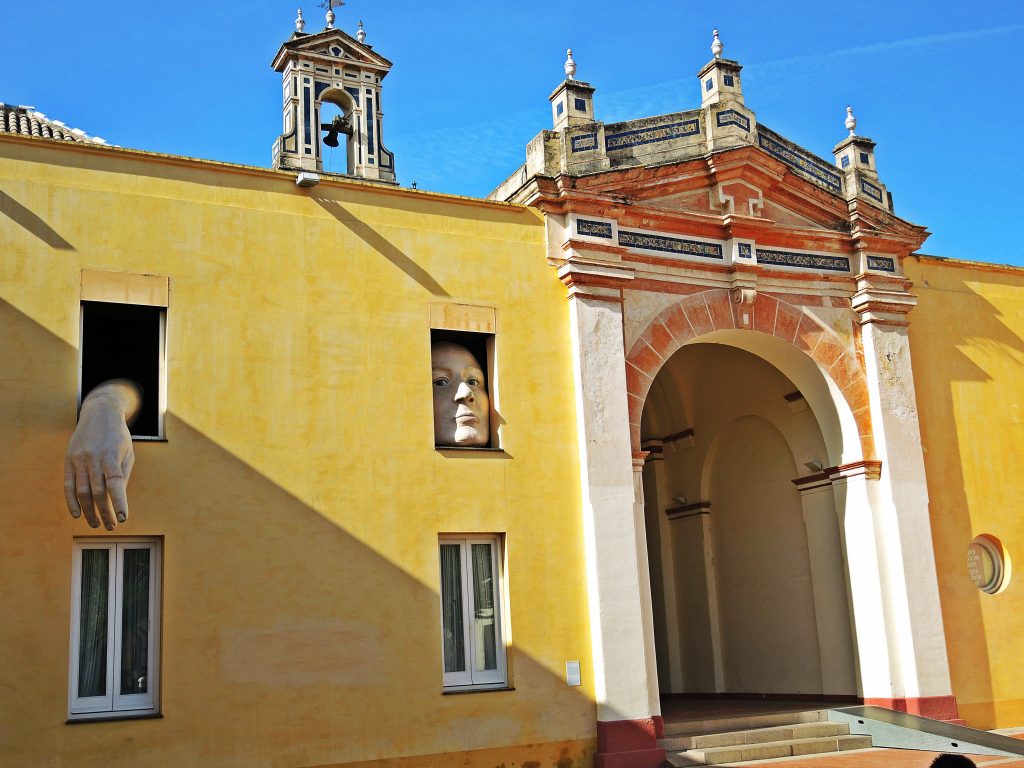
Recently, Seville has seen many modernisations attempted, including the building of structures such as Las Setas, and the Seville tower. It is the tallest building south of Madrid, and not exactly loved by the conservative locals. What is loved by the locals, however, is the large shopping centre which lurks in its shadow.
Whilst most of the former site has today been converted into a science and technology park, or industrial units, a large chunk of it was turned into a theme park. Isla Magica is Spain’s answer to Disneyland. People come from all over the country to have a ride on the rollercoasters and slides. It a very popular spot for families to spend Halloween.
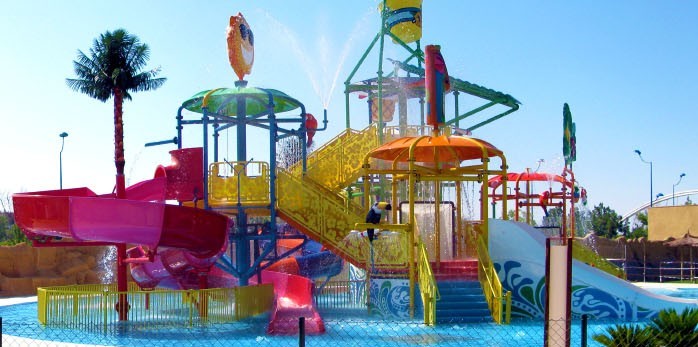
However, the two main enduring legacies of the 1992 World’s Fair are not in La Cartuja, but just across. The first, of course, being the river. It is very hard today to imagine the neat embankments of the relatively narrow canal being wide beaches on the world’s busiest port, or indeed not being there at all. The bridges built for the exhibition are dominating landmarks on the skyline of the city. The second major legacy is that of the Alameda de Hercules, it’s very hard to imagine the family friendly social hotspot it is today being the seedy underbelly of the city. The World’s Fair can take credit for transforming the former red-light district into one of the most popular of the old city’s quarters as well as bringing Seville into the modern age.
Davey Womack is a tour guide and avid traveller. Read more from his adventures in Spain and around the world by visiting his personal blog.
